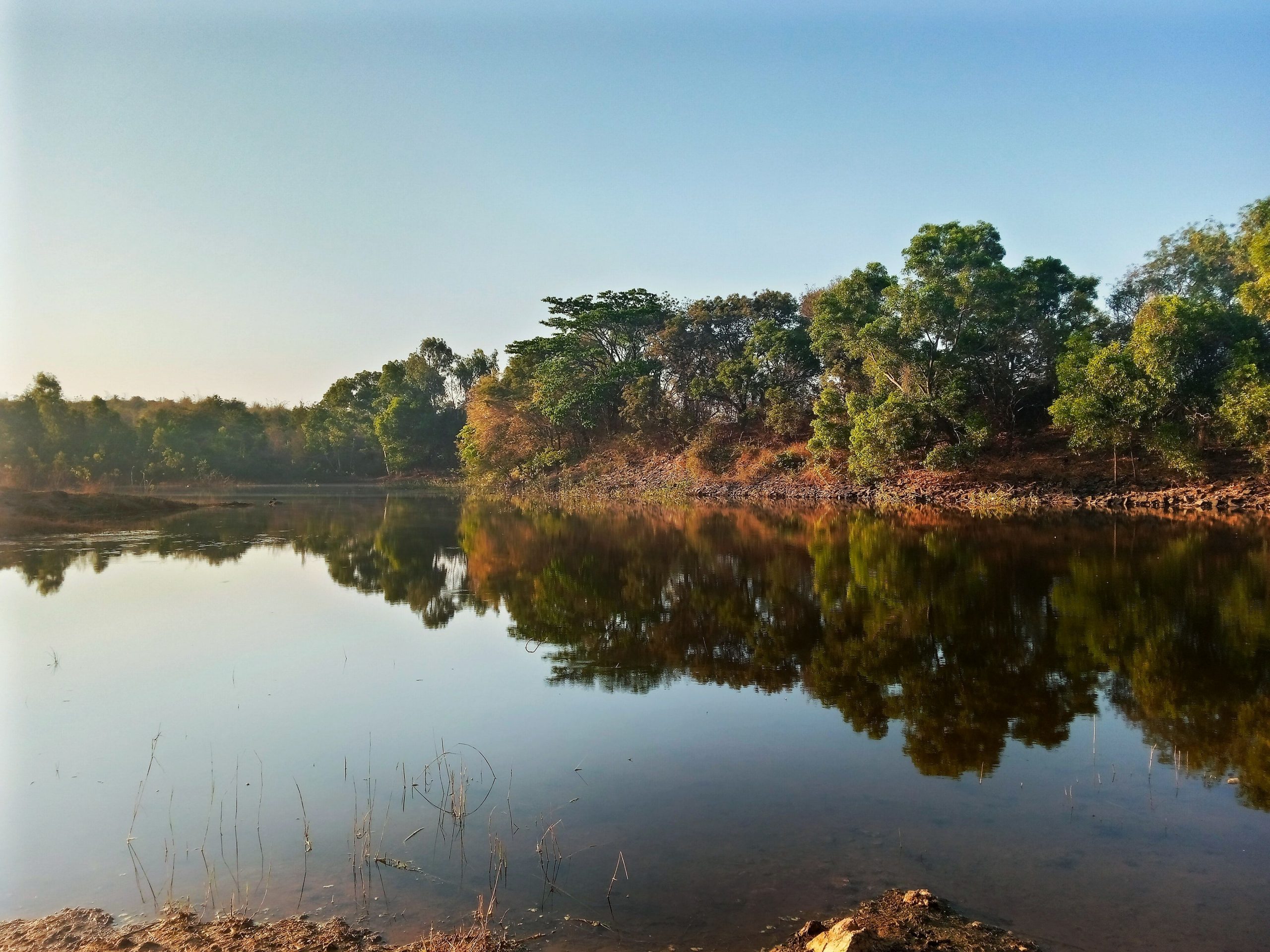Bengaluru had earlier been dependent on an elaborate natural lake system for its water needs, long before it relied on water from Cauvery River. Thanks to its terrain, Bengaluru offers a natural drainage system with small streams originating from ridges to collectively result in larger ones that flow into major and minor lakes.
However, the number of lakes has reduced over the years. The main city itself has 168 lakes at present, while there were 272 almost 50 years ago.
Also Read | Bangalore blast: What we know so far
According to a statement made by the Karnataka government in the state legislature, as many as “1,100 of the 1,500 lakes in Bengaluru and its larger urban and rural districts have had encroachments”.
Ever since lakes have become prime real estate, there has been a decline in groundwater across the region. An Indian Institute of Science (IISc) report says that “in localities where lakes existed groundwater was available at depths of 200-300 feet compared to the current scenario where borewells have to go to a depth of nearly 1,500 feet to find water”.
Also Read | 10 facts about oceans that will blow your mind
The National Environmental Engineering Research Institute (NEERI) was roped in by the Karnataka High Court on June 17, 2019, to study the lakes and recommend restoration measures for those that have disappeared.
What impact does the loss of lakes have on Bengaluru?
Dr TV Ramachandra, from the department of Centre for Ecological Sciences at IISc, found that between 1970-2019, Bengaluru went through a 1055% increase in concrete area, while vegetation cover reduced by 88% and water bodies by 79%. Furthermore, during the 2015-16 period, 98% of lakes were encroached upon for illegal buildings like high rise apartments.
“The encroachment of lakes has led to the decline of the groundwater table in the city. At some locations people have dug wells and gone beyond 1,500 feet. Lakes are contaminated due to the sustained inflow of untreated industrial effluents and domestic sewage. The groundwater in the vicinity of lakes is contaminated which is evident from the higher nitrate levels and heavy metal in the groundwater. Indiscriminate dumping of municipal solid waste has also led to the contamination of groundwater,” Dr Ramachandra told The Indian Express.







